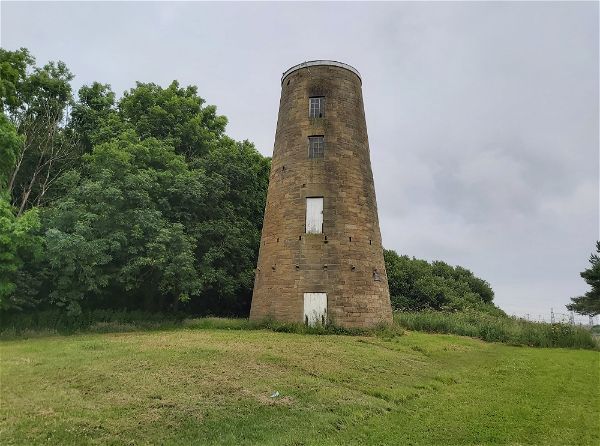Fulwell Windmill
Windmill In Sunderland, Tyne And Wear
A 19th Century Windmill in Fulwell, built for Joseph Swan in 1806.
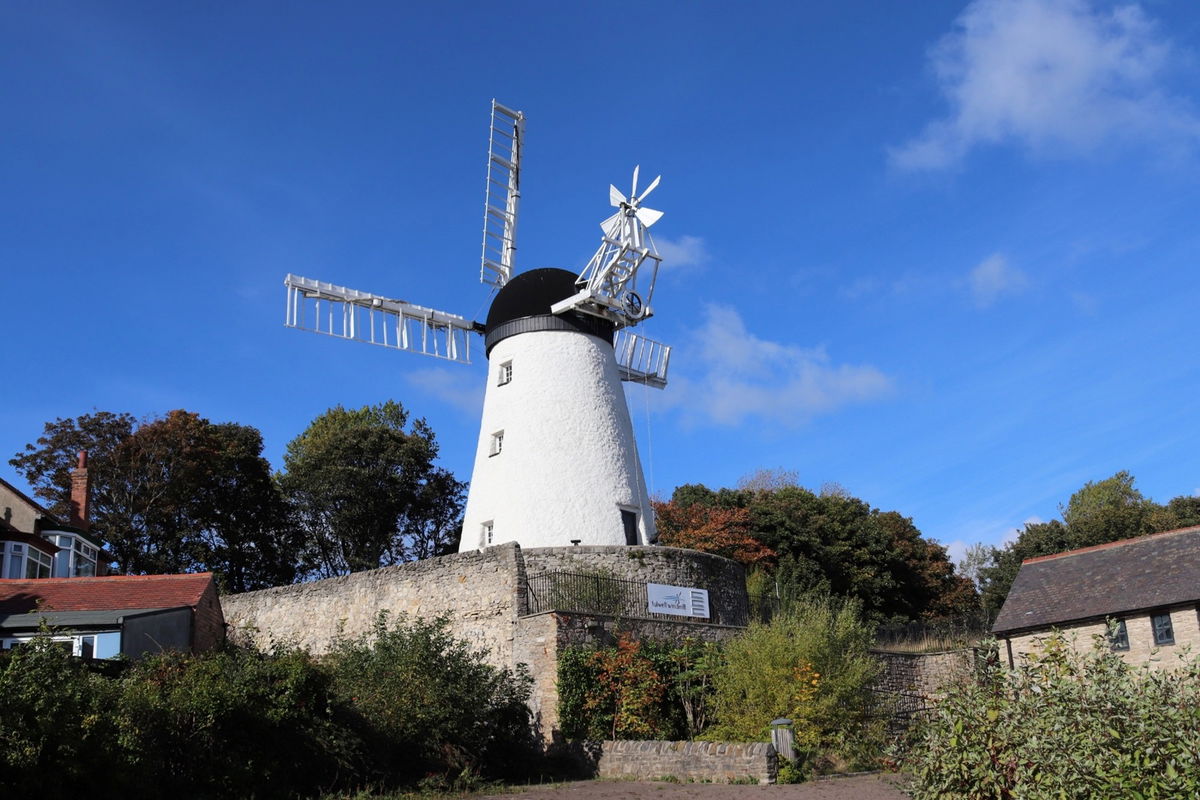
Fulwell Windmill was built for Joseph Swan in 1806 using magnesian limestone from the nearby Fulwell Quarry. The windmill remained linked to the Swan family for many years. There are good local records that show the mill was rented or leased by a succession of millers up to 1879 when the Moody family took over its operation, running it until 1949.


As with many things, the advent of more reliable forms of power than wind meant that Fulwell Windmill had to move with the times or risk becoming obsolete. The solution at Fulwell was to remove the sails and install a gas engine to turn the machinery. This took place at the beginning of the 20th Century and allowed the mill to continue producing animal feed for another 50 years.
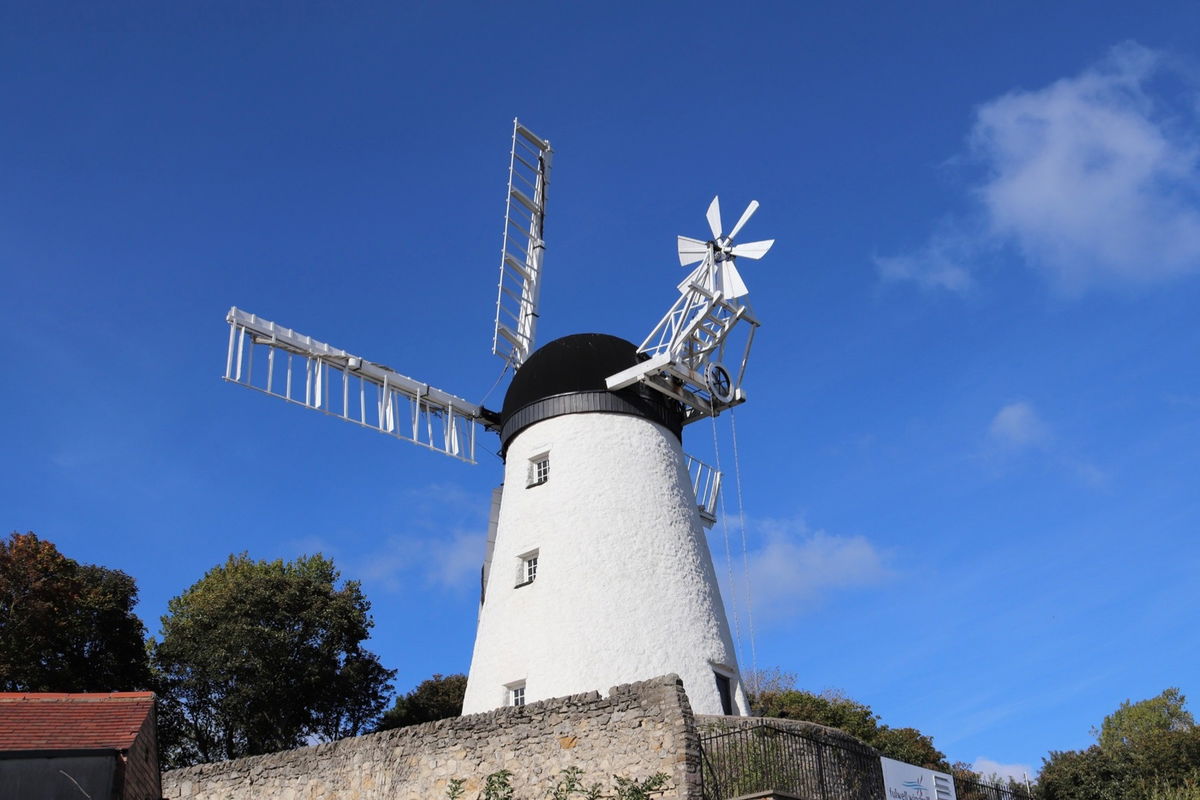
The last miller in the Moody family retired in 1949 leaving a neighbour, Jim Simpson, to carry on working there part time until 1956. The mill was sadly closed following this, leading to the deterioration of the building fabric and concern among locals that such an important building would be lost. In 1955 Sunderland Corporation responded to these concerns by authorizing the repair of the windmill's cap and installation of four dummy sails.
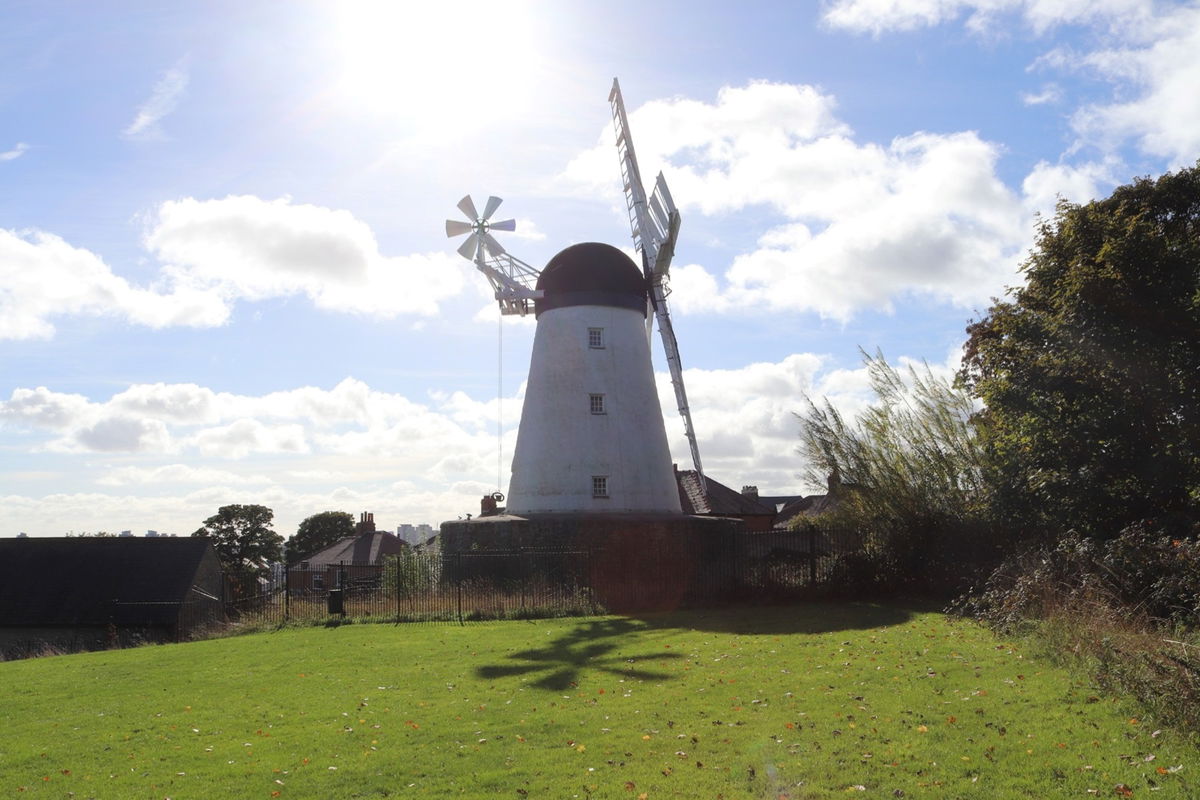
Further restoration work took place during the 1970's through the Tyne and Wear Industrial Monuments Trust and then in 1996, Sunderland City Council began the process that would see Fulwell Windmill restored to its 19th Century working condition, with funding from the Heritage Lottery Fund, European Development Fund and Council funding. Fulwell Windmill is now the north east's only working windmill, and internally is typical of five floor English tower mills, although it is unique in having the outside gallery built as part of the main structure, topping the first two floors.

The ground floor would be where the different grains were brought from local farms and also where the finished products would be bagged, weighed and dispatched from. The first, or "Miller's floor", would be where several important machines such as the grain cleaner, barley dresser and bolter which sifted the flour could be found. The second floor was the main control centre for the mill with the main drive shaft and great spur wheel that drove all the machinery in the building as well as the outside gallery access which gave access to the sails. The third floor is known as the “Stone Floor”, where the grinding stones can be found, while floor four, or “Bin Floor”, is where the sack hoist could be found. This brings the sacks of grain up to begin the grinding process. The fifth and final floor is where the great timber and iron mechanism that turns the wind power into a force that drives all the machinery within the windmill. At Fulwell this has been restored using Perspex to allow visitors to see the construction.
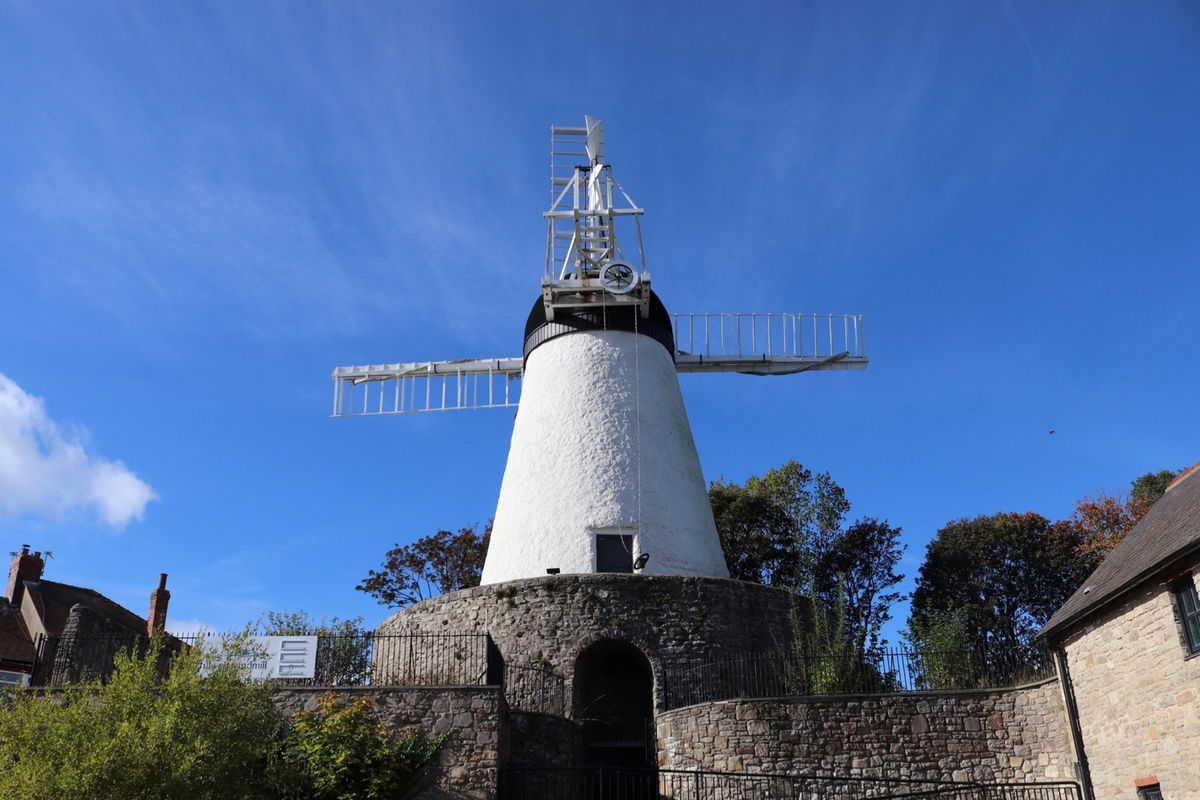
For such a long used piece of industrial machinery there was only ever one fatality recorded at Fulwell Windmill, in 1839 a miller by the name of William Wren was thrown from the sails during a violent storm.
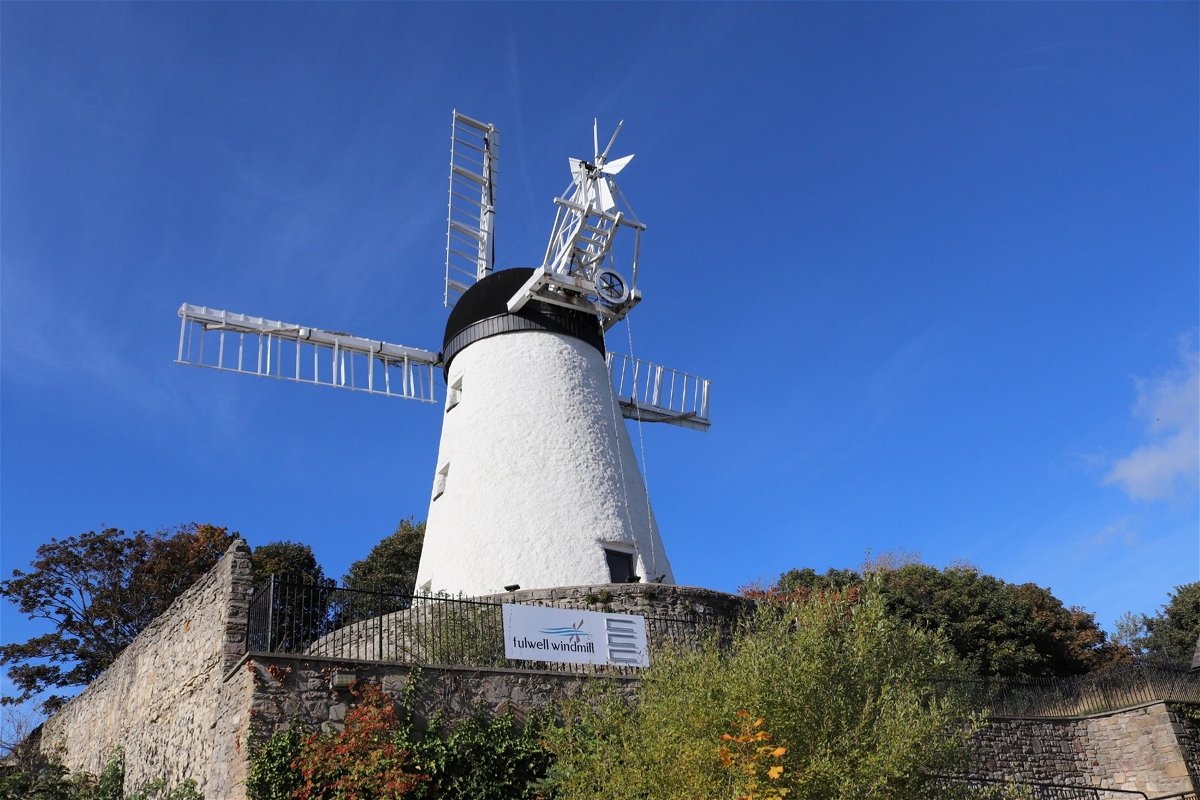
You can visit the Windmill for a look around, although it is only currently open on a Wednesday between 10am and 2pm. There is also a tearoom on site next to the parking area although this is currently closed. The windmill actually faces a nearby housing estate to it is quite difficult to see it from the front, although you can see it from the A1018 Newcastle Road as you approach from the north.
Get 3 points if you have visited this place. Already visited by 110 VIPs.
Login to the VIP area to add places to your bucket list, mark them as visited and more importantly see where you rank on the league table.
How To Find Fulwell Windmill
Where Is Fulwell Windmill?
Lat / Long
54.928404, -1.389992
What three words
Where To Park For Fulwell Windmill?
Lat / Long
54.928161, 54.928161
What three words
There is parking outside the windmill and cafe building.
Contributed by Andrew Gardner
I love being outdoors, in nature, and experiencing the relaxation it brings. Wandering through the northern countryside seeing unexpected buildings, historic places and occasionally surprised wildlife is one of life's great pleasures.
More Places from Andrew
More Places In Sunderland
Find more fabulous places in Sunderland, Tyne And Wear and if you know of a place we haven't listed, then let us know.

Men Of Steel
Art Sunderland Tyne And WearFour sculptures outside the Stadium Of Light that commemorate the city's industrial past.

River Wear Lime Kilns
Lime Kiln Sunderland Tyne And Wear19th century lime kilns, located on the River Wear.

Cretehawser Wreck
Military Sunderland Tyne And WearThe wreck of concrete tug 'Cretehawser' which sits on the banks of the River Wear.
More Windmills
So this windmill wasn't enough and you want more? Don't worry we have you covered.

Heaton Windmill
Windmill Jesmond Dene Tyne And WearAn old ruined windmill sitting in Armstrong Park.
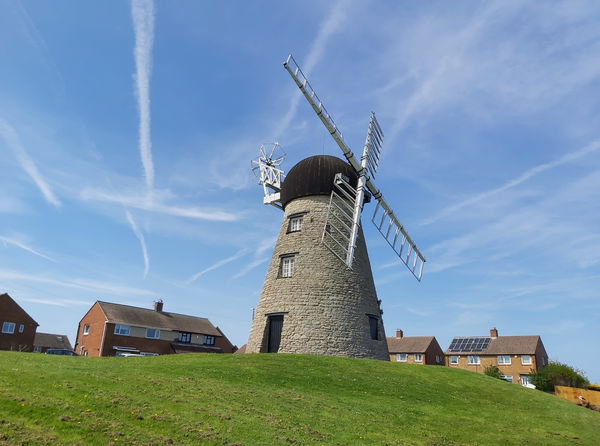
Whitburn Windmill
Windmill Whitburn Tyne And WearA Grade II listed Tower Mill dating to around 1790.
Never Miss A Fabulous Place
If you are afraid of missing out on all the fabulous places we post, or just want to be the first to know, then sign up to the Fabulous North.
Each week we will email you all the brand new places that we visit.
Sign Up To AlertsFind Us On Facebook
We post all our new places daily on our Facebook Groups page, so join the group today and be notified when we add a new place.
Join Our Facebook GroupFulwell Windmill was listed in Windmill // Tyne And Wear // Sunderland

